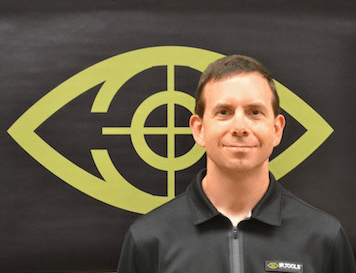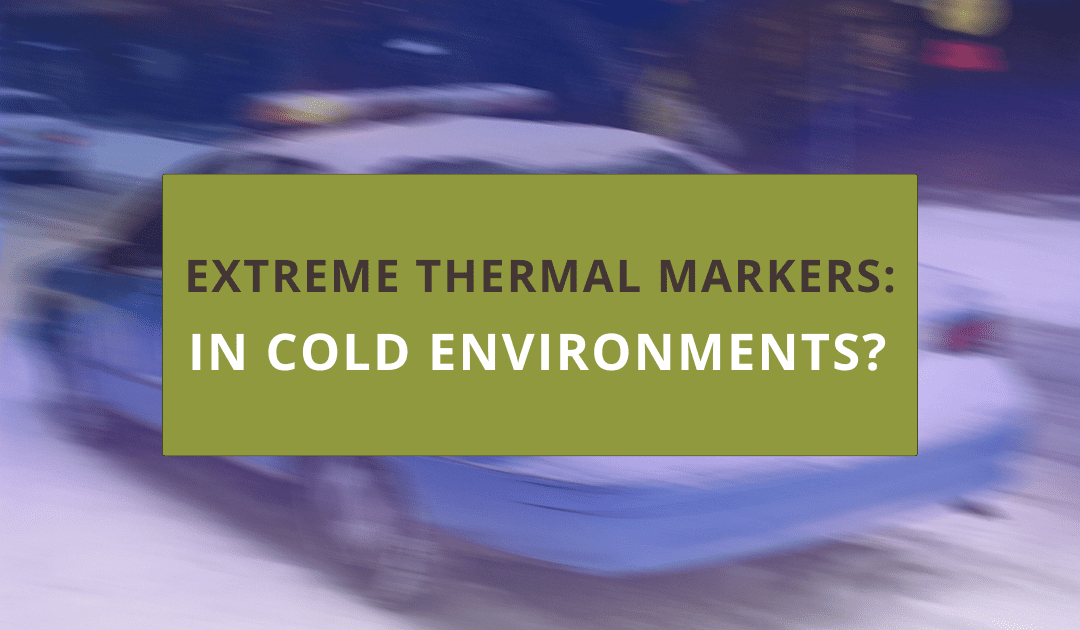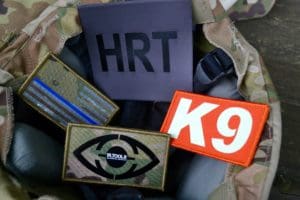In extreme environments, understanding the proper application steps can make a significant difference. In this post, we explore how to effectively use extreme thermal vehicle markers during the colder seasons. Watch the video below to see me describe this using my own truck as an example!
The Importance of Placement
As we transition from the warm embrace of summer to the harsh, cold months ahead, it’s essential to adjust our strategies for using thermal markers, especially in high-latitude regions known for their frigid temperatures.
Traditional Method vs. Optimized Placement
Conventionally, a thermal marker might be placed on the roof of a vehicle. However, in extremely cold environments, optimizing placement is crucial. Instead of the roof, placing the marker on the hood of your vehicle, like “Babytruck,” provides a considerable advantage.
Why the Hood?
The hood serves as a natural heater for the marker:
- Warmth Generation: As the engine runs, the hood warms up, creating a microenvironment around the marker.
- Improved Contrast: In cold temperatures, the warmth from the hood enhances the contrast of the marker, making it easier to identify and control, critical for operational efficiency in icy terrains like those in Canada.
Benefits of Enhanced Thermal Marking
- Better Identification: The increased contrast allows for quicker and more accurate identification.
- Improved Command & Control: Operations can proceed more smoothly with enhanced visibility of thermal markers.
- Versatility in Varied Conditions: This method ensures functionality despite harsh weather conditions.
To explore more about how thermal markers can aid in your specific applications, or for further assistance, feel free to connect with us on the web chat.
Happy thermal marking, and remember, optimizing usage is key to enhancing operational efficiency in extreme climates.
The Author: Tom Boyer

Since 2006, Tom has been the driving force behind IR.Tools, dedicated to delivering top-notch infrared solutions to the military, law enforcement, and sportsmen communities.
What began with a single infrared patch has blossomed into a comprehensive store featuring hundreds of IFF patches, vehicle IFF, an extensive suite of thermal training targets, and tools for drone pilots.
Beyond his innovative products, Tom is passionate about educating users on infrared technology and showcasing how advancements in IR can enhance their operations.
Tom holds an MS in Mechanical Engineering from the University of Maryland and an MBA from Regents University.


